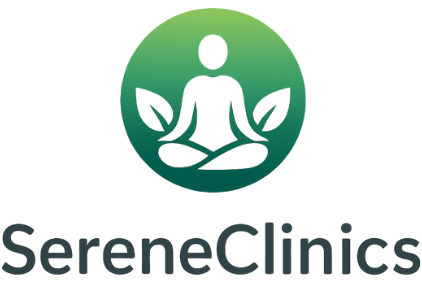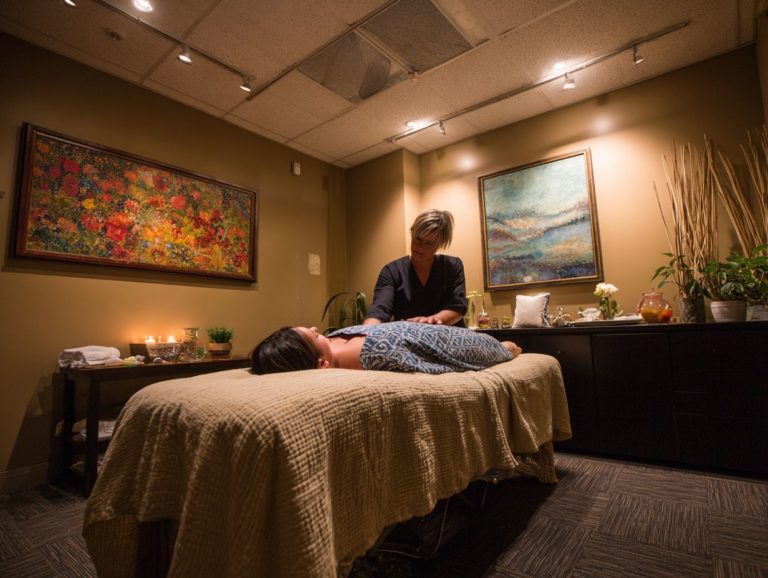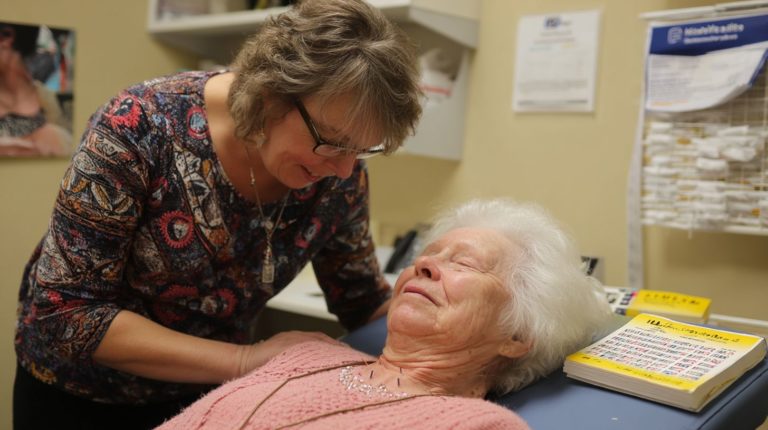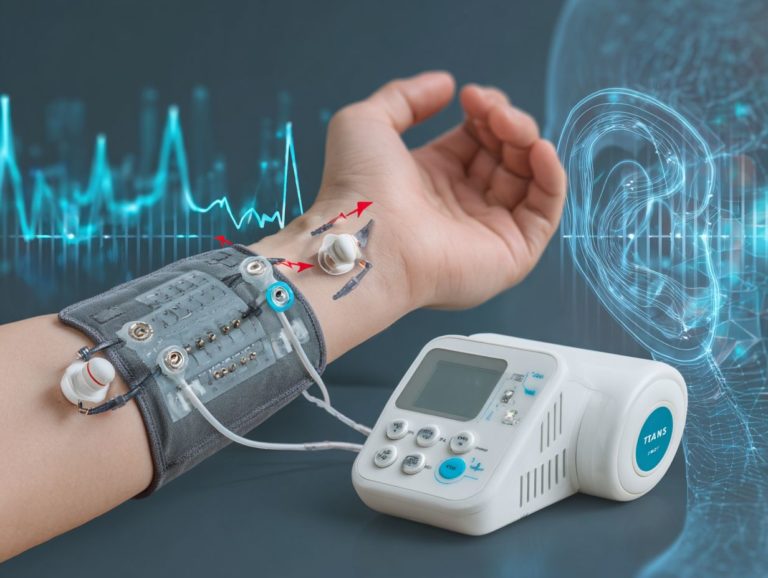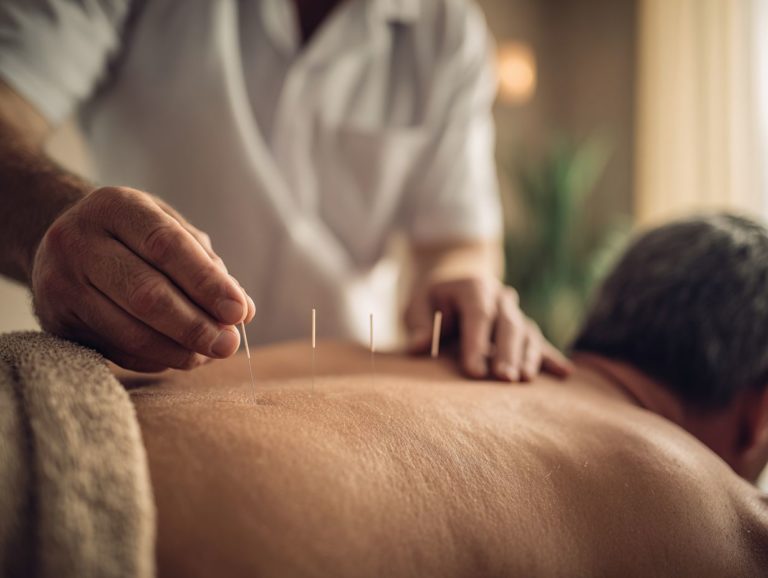Acupuncture: Methods, Benefits, and Pain Relief Applications
Learn about acupuncture, a key practice in traditional Chinese medicine that helps relieve pain and improves the body’s energy flow, called Qi. This article discusses different acupuncture techniques, their many health benefits, and how they can effectively treat various health issues. Whether you want to find help with ongoing pain or improve your general health, learning about acupuncture can lead to important health benefits.
Key Takeaways:
Contents
What You Need to Know About Acupuncture and Its Advantages

Acupuncture is an essential part of Chinese medicine. It involves inserting needles into certain spots on the body to help ease pain and regulate the movement of Qi. To better understand these methods and how they can effectively manage pain, explore our detailed overview of Chi balancing techniques.
Exploring the Effectiveness of Acupuncture
Research studies indicate that acupuncture can effectively treat various health conditions, reducing chronic pain and enhancing the body’s immune system response.
For instance, a Cleveland Clinic review found that acupuncture can reduce migraine frequency by over 50% in some patients, with significant improvements noted after just six sessions. This finding is supported by a meta-analysis published by JAMA Internal Medicine, which reviewed individual patient data and confirmed acupuncture’s efficacy in chronic pain management.
Involving acupuncture in osteoarthritis treatment demonstrated a 40% improvement in pain levels and joint function within eight weeks. In particular, manual acupuncture techniques have been shown to enhance patient outcomes significantly, contributing to these results.
These results highlight acupuncture’s ability to support standard medical treatments, giving patients a complete method to handle long-term pain effectively.
Acupuncture Efficacy Statistics
Acupuncture Efficacy Statistics
Acupuncture is increasingly recognized as a beneficial practice within mainstream medicine. A detailed exploration by Time highlights why acupuncture is gaining traction, attributing its rise to both scientific validation and growing public interest. If you’re interested in alternative therapies, a look at homeopathy principles and practices might provide additional insights into holistic health approaches.
Acupuncture Usage and Efficacy: US Acupuncture Use
For those interested in understanding patient preparation techniques, our deep dive into acupuncture preparation provides valuable insights.
Acupuncture Usage and Efficacy: Efficacy for Depression
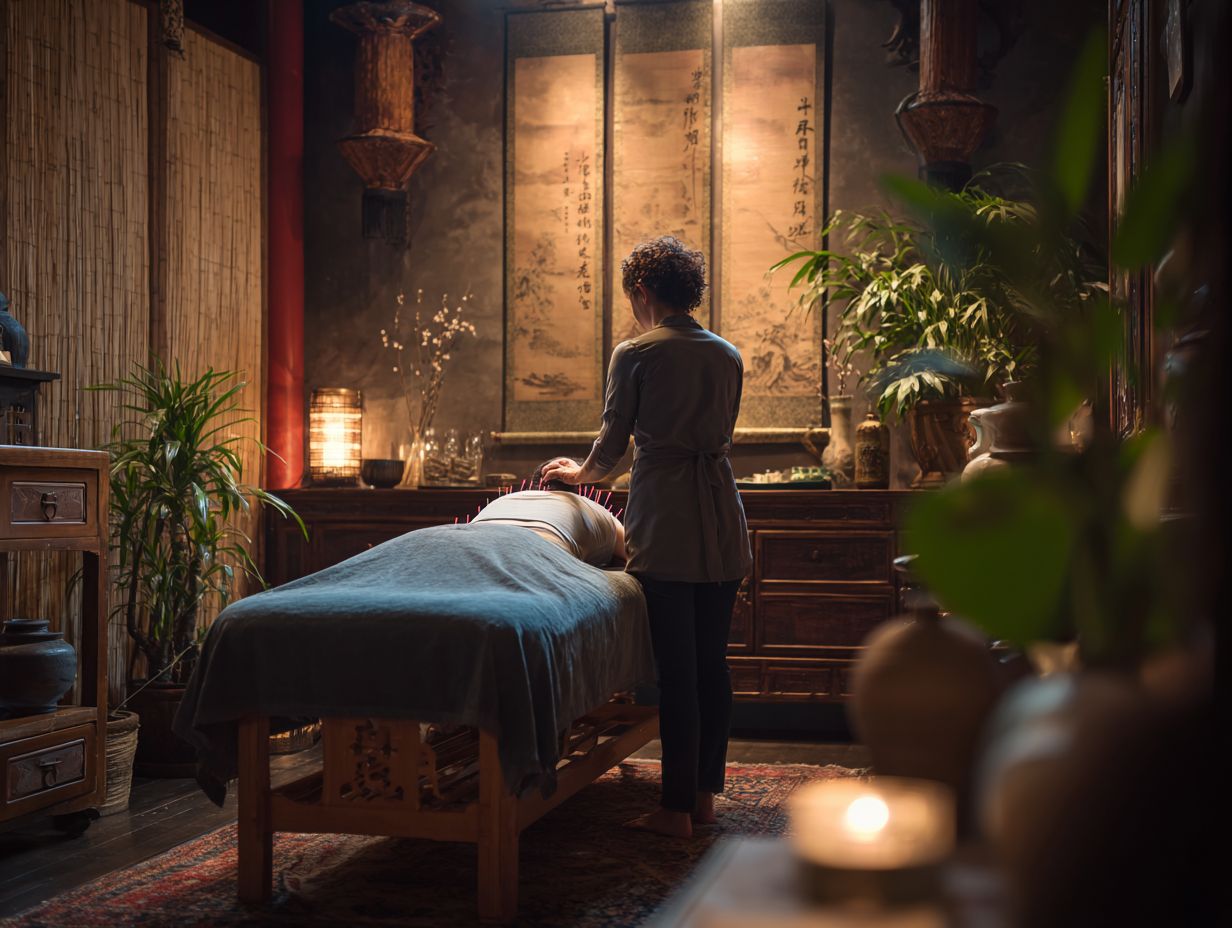
Acupuncture Usage and Efficacy: Reduction in Side Effects
The Acupuncture Efficacy Statistics The dataset offers useful information on how acupuncture is becoming more popular and effective in the United States. It focuses on its use for treating depression and highlights how it can lessen side effects when compared to standard treatments. This analysis is important for learning about acupuncture’s place as an additional treatment in today’s healthcare.
Acupuncture Usage in the US has seen a noticeable increase from 1.0% in 2002 to 2.2% in 2022. This increase shows that acupuncture is becoming more commonly used in regular healthcare, as both patients and doctors look for other options or additions to traditional medicine. Factors contributing to this trend include more awareness of overall health methods and more focus on combining traditional and alternative medicine.
- Efficacy for Depression: Acupuncture shows a significant efficacy rate with a relative risk (RR) of 2.6, based on a meta-analysis involving 1,668 participants. This indicates that people getting acupuncture might see significant relief in depression symptoms compared to those who don’t, making it a helpful additional treatment for managing depression.
- Reduction in Side Effects: The data indicates that acupuncture offers advantages in minimizing side effects from treatments, with an Acupuncture Group Advantage (TESS RR) of 5.94 and a SERS Side Effects Reduction RR of 1.51. These figures suggest that acupuncture could provide a safer alternative with fewer adverse effects, enhancing patient comfort and adherence to treatment plans.
The Acupuncture Efficacy Statistics highlight acupuncture’s growing acceptance and potential benefits in treating depression and reducing side effects. As part of an integrative health strategy, acupuncture can offer significant benefits, encouraging further research and adoption in clinical settings. These findings highlight the importance of including acupuncture in patient care, especially for those looking for gentler and more natural treatments.
The Role of Acupuncture Points
Acupuncture targets specific points along the meridians, impacting energy flow (Qi) and influencing the central nervous system to alleviate pain and promote healing. According to ScienceDirect, defining these meridians provides a modern basis for understanding their role in treatment.
-
Among the key acupuncture points are LI4 (Hegu), located on the hand between the thumb and index finger, effective for headaches and stress relief.
-
SP6 (Sanyinjiao), found on the inner leg just above the ankle, is known for its benefits in digestive issues and menstrual pain.
-
Another significant point, PC6 (Neiguan), situated on the inner forearm, can help reduce nausea and anxiety.
Using diagrams of these places can help people learn more, making it easier for practitioners to accurately target them during treatment.
Common Conditions Treated by Acupuncture
Acupuncture is known to be effective in treating various common issues, especially long-term pain and tight muscles.
Acupuncture Techniques and Methods

Different acupuncture methods such as needle manipulation, moxibustion, and trigger point therapy improve how well treatment works for a range of health problems.
Needle manipulation serves to stimulate specific acupoints, which can alleviate pain and improve energy flow.
Moxibustion, the burning of mugwort near these points, warms and invigorates meridian flow, particularly beneficial for chronic conditions like arthritis.
Trigger point therapy focuses on tight muscle areas, aiming to relieve referred pain and muscle tension.
Practitioners often use these techniques together; for example, they might move a needle at a specific spot while also using moxibustion to improve blood flow.
This combined approach can significantly improve patient outcomes, providing relief and promoting good health.
Risks and Benefits of Acupuncture
Acupuncture can improve health in many ways, but it’s important to know the risks and check the practitioner’s qualifications for a safe experience.
Patient Expectations and Treatment Sessions
Patients interested in acupuncture should understand what to expect from their treatment sessions, such as how long they last, how often they occur, and possible health benefits.
Typically, a first acupuncture session lasts between 30 to 60 minutes, allowing time for an initial consultation followed by treatment.
Many practitioners recommend a series of 6 to 12 sessions, spaced weekly or biweekly, to achieve optimal results.
To prepare, patients should:
- Wear loose-fitting clothing,
- Avoid heavy meals prior to the appointment,
- Talk about any health issues or medicines they are using now.
This preparation allows both the patient and the acupuncturist to develop a specific treatment plan based on personal needs.
Acupuncture Research and What Lies Ahead
Ongoing acupuncture research continues to reveal how it works in the body and improve treatment methods for better patient results.
Frequently Asked Questions

What is acupuncture and how does it work?
Acupuncture is a form of traditional Chinese medicine that involves inserting thin needles into specific points on the body to stimulate energy flow. It is believed to balance the body’s energy and promote healing.
What are the different methods of acupuncture?
There are different types of acupuncture, such as traditional Chinese acupuncture, Japanese acupuncture, Korean acupuncture, and ear acupuncture. Each method may use different techniques and needle placements. For instance, ear acupuncture offers unique benefits and techniques that differentiate it from other styles.
What are the benefits of acupuncture?
Acupuncture is known to offer several benefits, including easing pain, reducing stress, helping with sleep, and improving overall health. It may also be used to treat specific health conditions, including chronic pain, headaches, and digestive issues.
Is acupuncture safe?
When performed by a licensed and trained practitioner, acupuncture is generally considered safe. The needles used are sterile and disposable, reducing the risk of infection. However, like any medical treatment, there might be some risks with acupuncture, such as bruising or bleeding where the needle is inserted.
Can acupuncture be used for pain relief?
Yes, acupuncture is commonly used to relieve pain, both acute and chronic. It is believed to stimulate the body’s natural painkillers and reduce inflammation, providing relief for a variety of conditions such as arthritis, fibromyalgia, and migraines.
Are there any other applications for acupuncture?
In addition to pain relief, acupuncture has also been used to treat various health conditions, including allergies, asthma, infertility, and even addiction. It is important to consult with a licensed practitioner to determine if acupuncture is suitable for your specific needs.

Sheetal Sharda has a background in CS. She got an interest in Holistic living back in 2018, and has since started exploring more into Naturapathy, Holistic Living, Yoga, and more. She got inspired to start SereneClinics to help people find reliable centers across the world.
